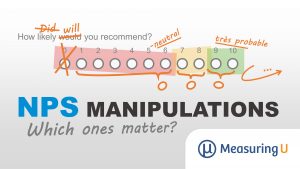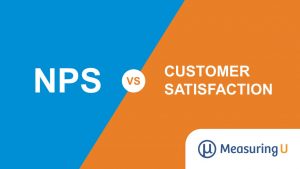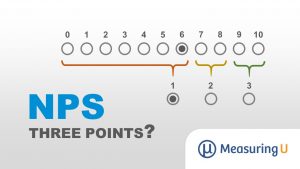
Consumer Software UX & NPS Benchmarks 2020
Software dominates our professional and personal lives. A product’s usability, in addition to its features and capabilities, is an important influence on how likely users are to adopt new technology and recommend the software. Between 30 and 60% of the variation in Net Promoter Scores is determined by a product’s usability. Customers tend to recommend products








